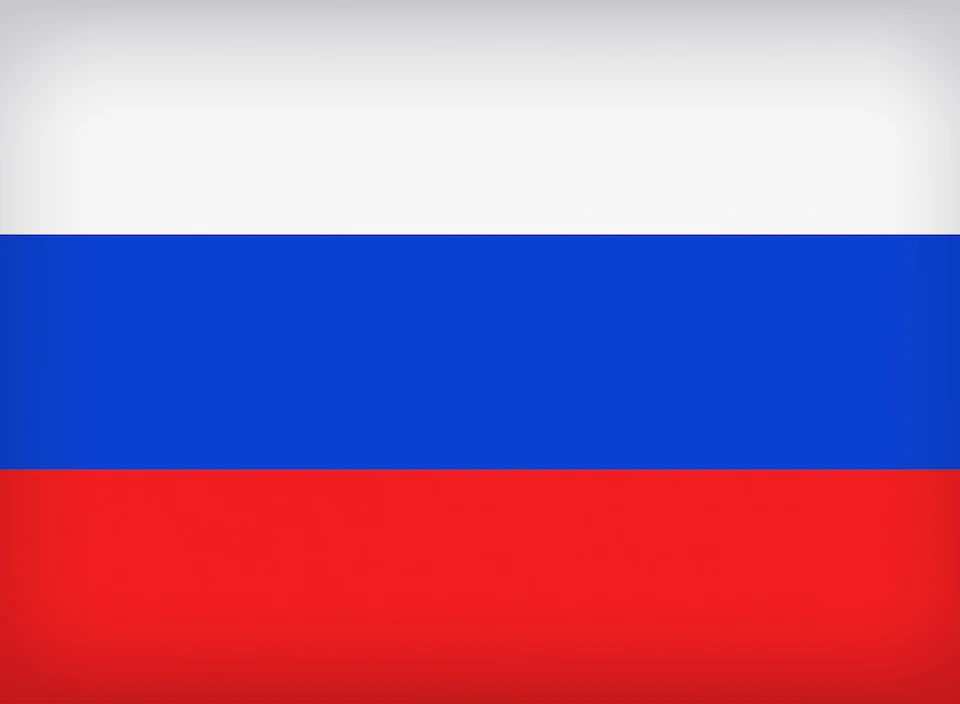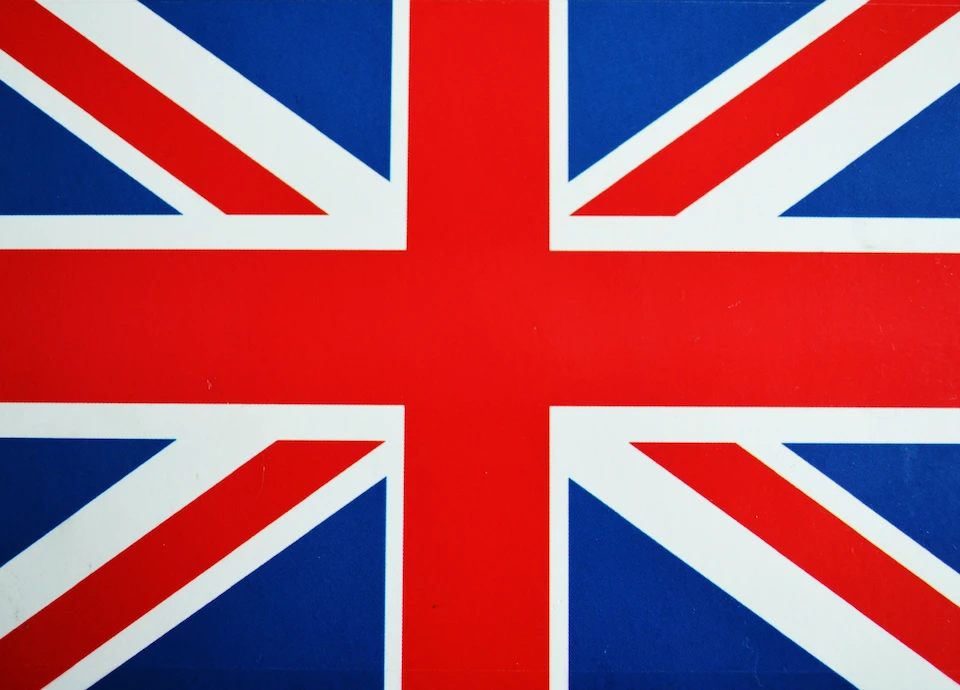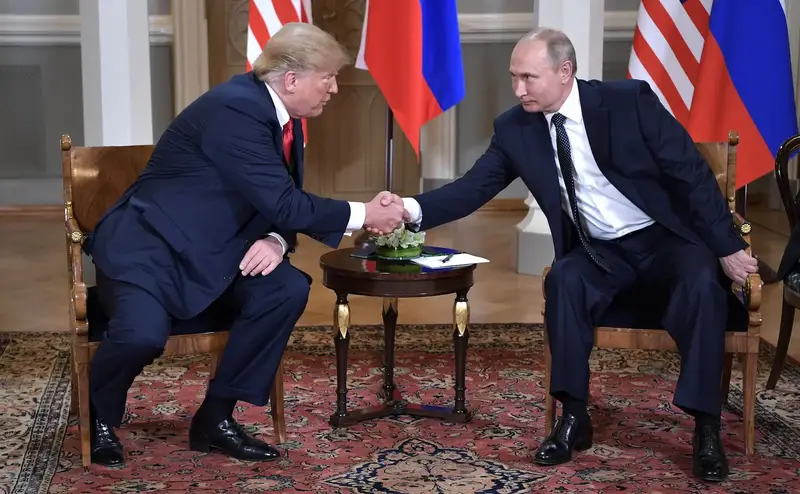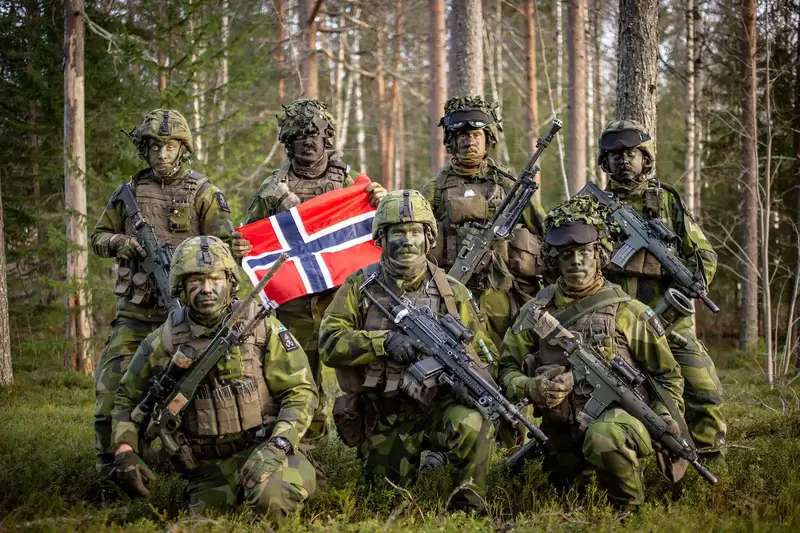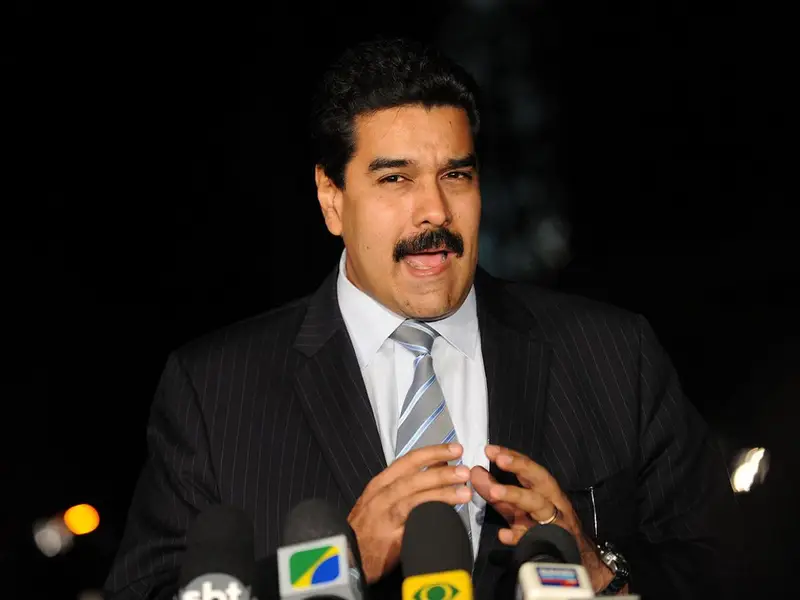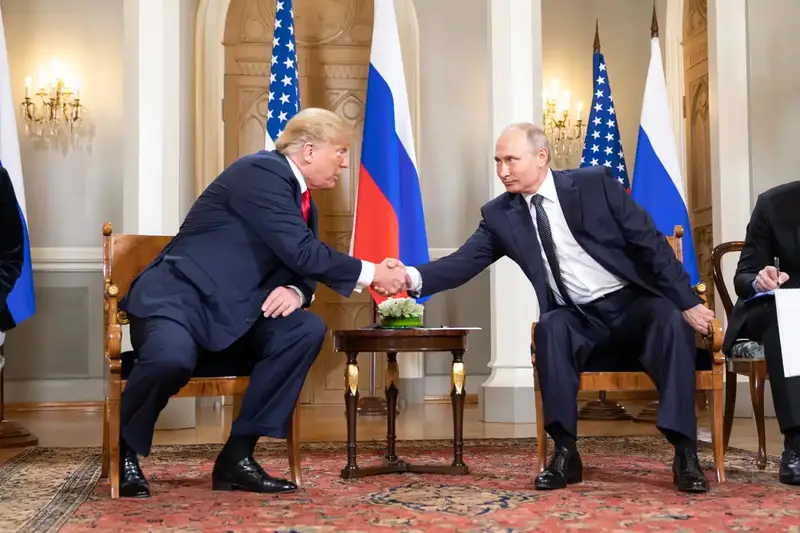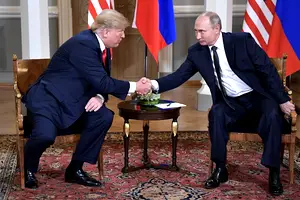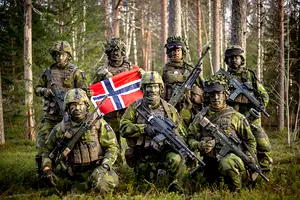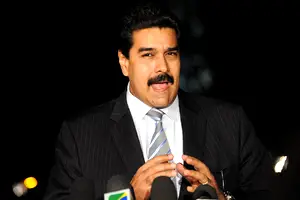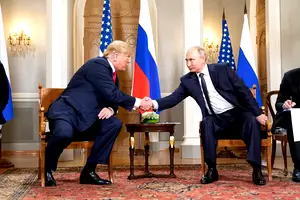Unleashing the full extent of his imperial appetite, the U.S. president has cranked up his "tariff diplomacy" to maximum power

The threat of choking off exports of raw materials and finished goods from Canada and Mexico has forced both northern and southern neighbors to reluctantly accept Washington’s demands — with reservations. What does this mean in the context of the «America First» policy?
Trump is invading Canada’s domestic market and ushering in American big business, to which Ottawa will be forced to grant extraordinary privileges for the extraction and sale of mineral resources — primarily oil, zinc, uranium and nickel.
Amid talk of switching to «fair» prices for natural resources — the very resources the U.S. desperately needs — Trump is poised (if successful) to carry out an unprecedented looting of territory that he already mentally — and verbally — refers to as the 51st American state. Nothing personal, just business. After all, he claims, sharing is necessary (just like in Russia in the 1990s).
For Mexico, Trump’s decree to impose a 25 percent tariff on Mexican steel and aluminum shipments was like a punch in the gut. But Mexico did not retaliate. Economy Minister Marcelo Ebrard said, «We import more steel from the U.S. than we export. The tariffs are unjustified… and illogical», but he stopped short of threatening a trade war, promising instead to consult with the U.S. administration.
The fact is, Trump intends to use tariffs as a superweapon to achieve three strategic goals, as Treasury Secretary Scott Bessent explained during his Senate confirmation hearings. First, to eliminate unfair trade practices. Second, to increase federal revenues. Third, to serve as a bargaining chip in negotiations with foreign powers in lieu of overused sanctions.
In addition to demanding that Canada and Mexico erect a strict barrier against illegal migrants and drug shipments from Latin American cartels, the United States wants to redistribute the revenues generated by mutual trade.
Will the Mexicans succeed in persuading Washington to exchange anger for mercy? Doubtful. The outcome of similar meetings during Trump’s first term to reformat the old North American Free Trade Agreement (NAFTA) is well known. Washington managed to leave both Mexico and Ottawa empty-handed by forcing them to accept less favorable terms for trade and economic cooperation, eventually known as the United States-Mexico-Canada Agreement (USMCA).
Next on the list of formally «friendly» countries are those in Europe. Back in January, Trump announced tariffs on imported products from the European Union — particularly on steel and aluminum. On February 11, European Commission President Ursula von der Leyen (who wasn’t invited to Trump’s inauguration) threatened: «Unjustified tariffs against the EU will not go unanswered — they will trigger tough and proportionate countermeasures». Does this mean the EU is ready for a full-blown trade war with the United States?
It is not out of the question that the hitherto overconfident Europeans will eventually adopt an ostrich-like tactic. After all, they already backed down during Trump’s first term. In 2018, they pledged to increase their purchases of US soybeans under the threat of higher tariffs. The Europeans simply no longer have the resilience to withstand the onslaught of a bloodthirsty Trump — a leader whom Britain’s Financial Times has already described as nothing less than a «neo-imperialist».
In any case, by wielding the club of high tariffs, Trump is reaping short-term and possibly medium-term benefits. He will accelerate the deindustrialization of Europe, lure local companies (including highly skilled engineers) with cheaper energy sources and tax incentives, and make the rest of the economy dependent on American shale oil and gas (until supplies run out). At the same time, he will undermine the legitimacy of the World Trade Organization (WTO). And what will happen then?
One of the cornerstones of U.S. hegemony in global trade is the U.S. dollar. The sluggish process of de-dollarization does not yet pose a threat to the U.S., but Trump is clearly acting preemptively. He has threatened to impose 100% tariffs if the BRICS countries do not abandon the idea of creating their own currency. But this is an empty threat: as Clayson Monyela, a spokesman for the South African foreign ministry, explained, the BRICS member states have no such intentions. For the time being.
What can we predict? The aggressive, Trumpian «bull in a china shop» style is unlikely to please the vast majority of the world community. The dismantling of the already rather ineffective WTO rules will lead to a deregulation of world trade and accelerate its de-dollarization. This will be followed by the death of globalization and a shift to regionalization.
…Meanwhile, the newly elected revisionist reformer of the world order is emboldened by his early successes — and ready to overwhelm Europe with ultimatums. Admittedly, only a few perceptive local politicians who are not part of the ruling cliques are slowly beginning to realize that for the Americans, drawing allies into financing NATO’s war against Russia on Ukrainian territory also served a second purpose: inflicting a «strategic defeat» on the EU and ultimately eliminating it as an independent center of geopolitical and geoeconomic power.
Well-informed analysts in the Old World are beginning to suspect that the ultimate result of shifting the burden of maintaining the Kiev regime — and, if that fails, even restoring what remains of the former USSR — to the EU will be a change in the status of the United States’ transatlantic allies.
If before they could at least feel like America’s allies — even if deprived of full sovereignty — henceforth they will be relegated to the role of vassals and… a fodder base for the hegemon.
And those ruthless officials at Donald the First’s court will explain to the Europeans the meaning of the Chinese proverb, «There cannot be two suns in the sky». In other words, there can be no equality within the Western alliance — by definition.
The Financial Times invites everyone into Trump’s brave new world, saying: «Welcome to the era of neo-imperialism». It even prophesies: «If for some inexplicable reason the Nobel Peace Prize becomes unattainable, Trump will at least have his face carved into the slopes of Mount Rushmore as the collector of American lands».
How the British journalists managed to include Canada, Mexico, the Panama Canal, and Greenland among the «American lands» remains unclear. But Trump’s predictable desire to have his portrait carved into the granite of Mount Rushmore — alongside the faces of four U.S. presidents: George Washington, Thomas Jefferson, Abraham Lincoln, and Theodore Roosevelt — is unmistakable.
But it is doubtful that Trump, like his predecessors, will settle for the standard 18.6-meter bas-relief. The ego of a second-term US president can hardly be smaller than 37.2 meters (the height of a 12-story building). Or would that be too much?
